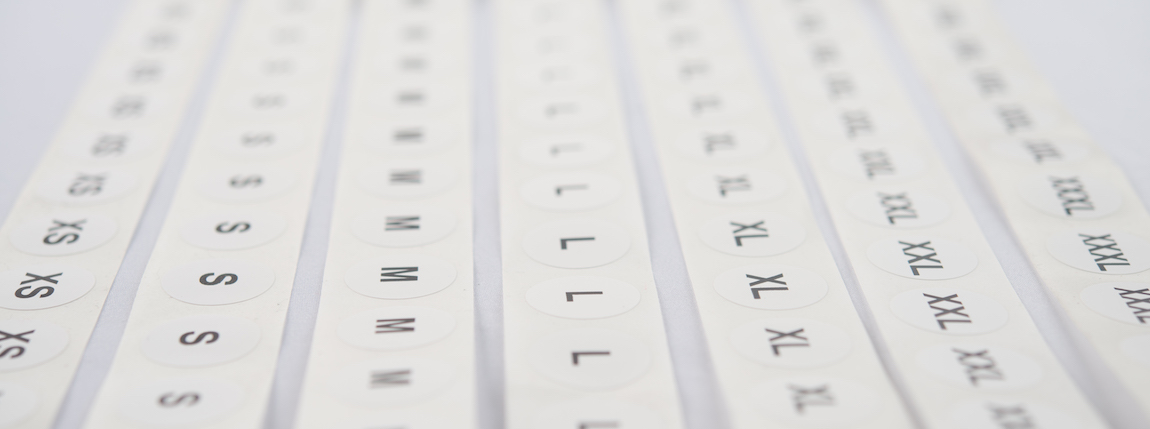5 Reasons for Ecommerce Apparel Returns (and how you can prevent them)

Anyone who runs an ecommerce store understands the hassle of reverse logistics: Returns eat up your time, decrease your profit margins and can hurt your customer retention. While chances are high you’ll have some returns, there are steps you can take on your website and in the ordering process to make them far less common. Here are 5 main reasons for returns and what you can do to prevent them:
1. The product does not match photo or description:
A difference between what the customer saw online and received in the mail is one of the biggest reasons for product returns. This mismatch doesn’t have to come from an intentional misrepresentation to make a big impact on your return rate: lack of photos, poor photo quality and careless descriptions can easily mislead or confuse buyers.
Solution:
Having high-quality and representative photos is one of the most important things you can do to prevent returns. Use a variety of apparel photography styles with close ups where applicable and have consistent and clear lighting throughout.
2. The product did not match customer expectations:
While it’s important that everything you list or show about your product is accurate, it’s also important that you provide everything your potential customers need to form a clear picture, and realistic expectations, of what you’re selling.
Solution:
Look at your product from your customer’s perspective. What about your product could be important when making a decision? Especially with apparel, where a garment like a t-shirt or sweater can vary greatly between brands, every extra bit of information can help a buyer understand your product.
Including details like t-shirt weight or construction, a variety of photo types like flat lays, model photography and close ups at different angles can help your customer get a realistic picture of that they are purchasing. This can serve a double purpose, too: Highlighting details of your product can also help it sell. Is it super soft? Organic cotton? Does it have a custom relabeled tag? All of these things can help manage expectations and convince potential customers to buy.
3. The customer ordered the wrong size:
Issues with garment size make up the single biggest reason for returns. Since sizing measurements aren’t necessarily consistent between different brands and blanks, it can be difficult to predict the fit of a garment through the words “small” or “large” alone.
Solution:
Providing an easy to find size chart with length and width measurements is one quick way to help customers make an informed choice. Model photography can also show aspects of a garment's fit that wouldn't be clear in a flat lay. Including the model’s height and weight will allow customers to approximate the fit of a garment for themselves.

4. You shipped the wrong product or size:
Mistakes happen and customers sometimes receive something that they didn’t order. Ensuring that you pick and pack the correct product can be difficult, especially if you’re ecommerce store with a large volume of sales (or it’s your side hustle and you’re shipping tees after work each night.)
Solution:
Organization and systematization is key. Keep apparel grouped by size and design. Retail ready services like folding, bagging and size stickers can help you keep track of sizes with even more ease.
More mistakes happen when you’re rushed, so allocate enough time for shipping and set realistic goals for turnaround time from the very beginning.
5. Your Customer is wardrobing:
While there’s many types of fraudulent returns, wardrobing - when a customer buys something to with the intention of wearing it and then returning it - applies directly to apparel ecommerce stores.
Solution:
The best way to combat this is to have a good return policy with specified return requirements. These requirements may include products returned with tags still attached, garments being in original condition, or a tighter return period (30 - 60 days is recommended.)

Don't miss out on a thing - Sign up for our newsletter to get our blogs right in your inbox
